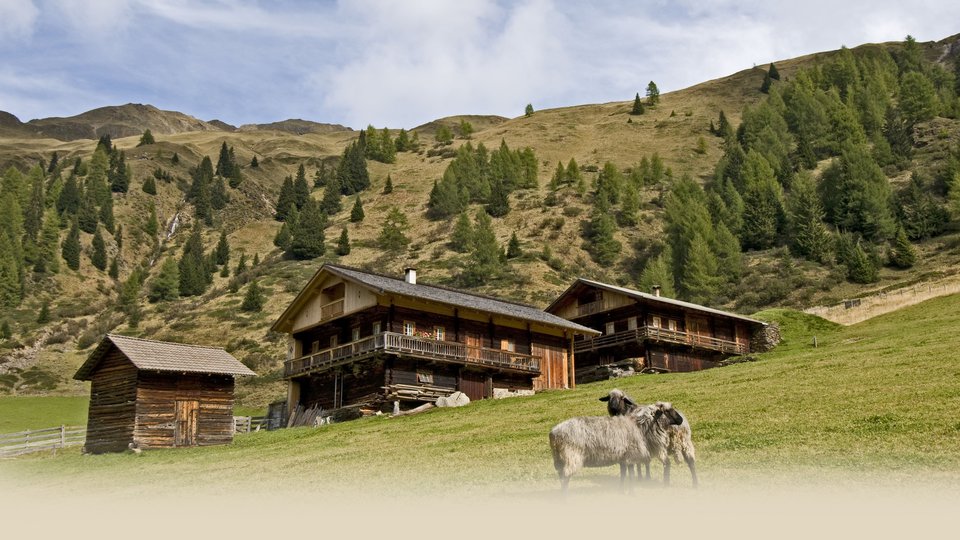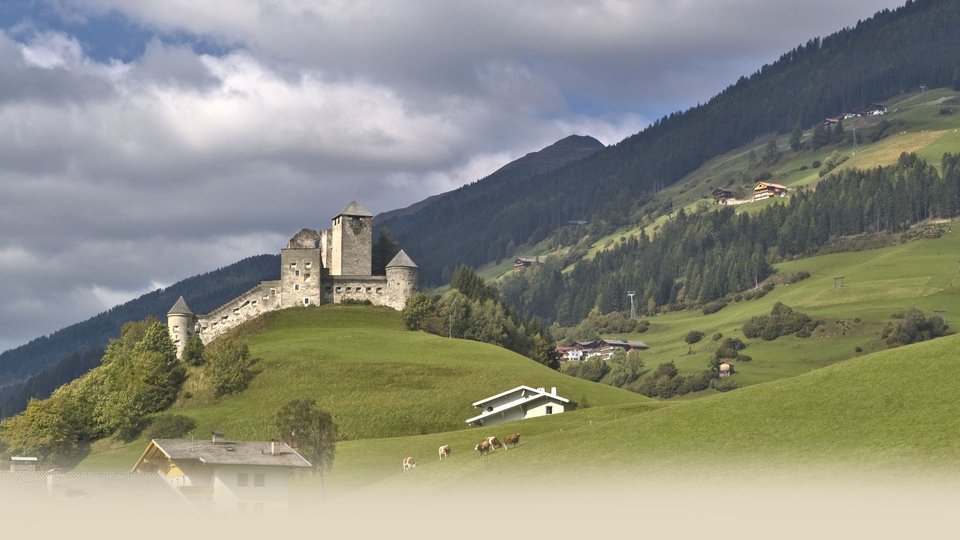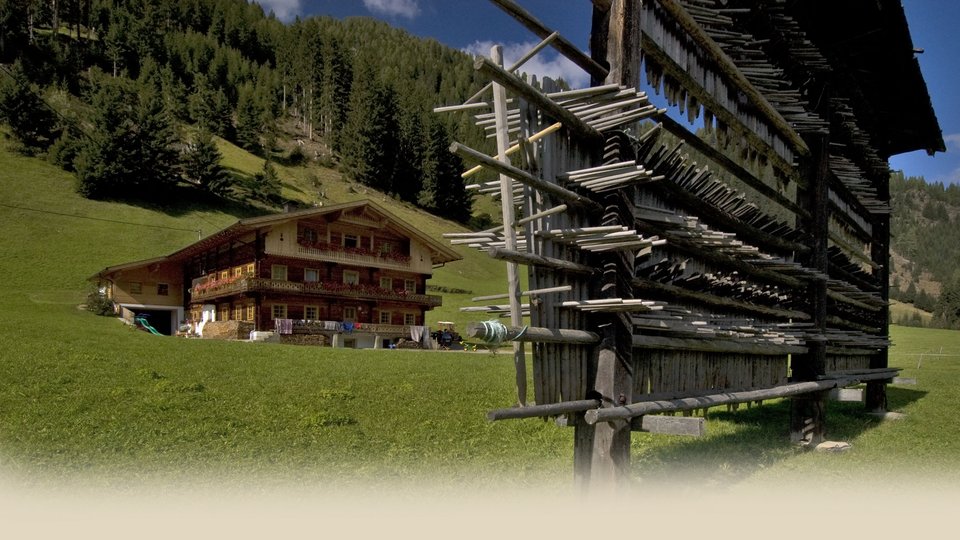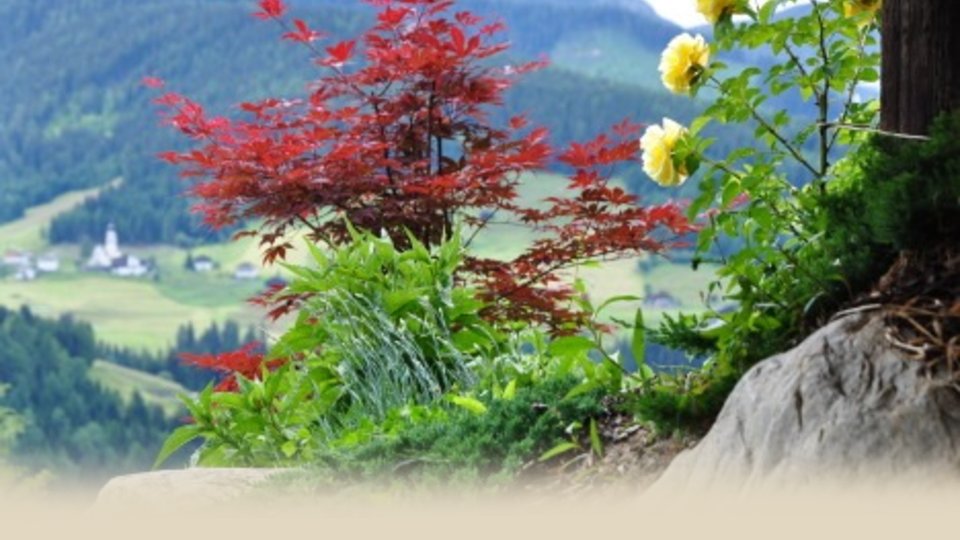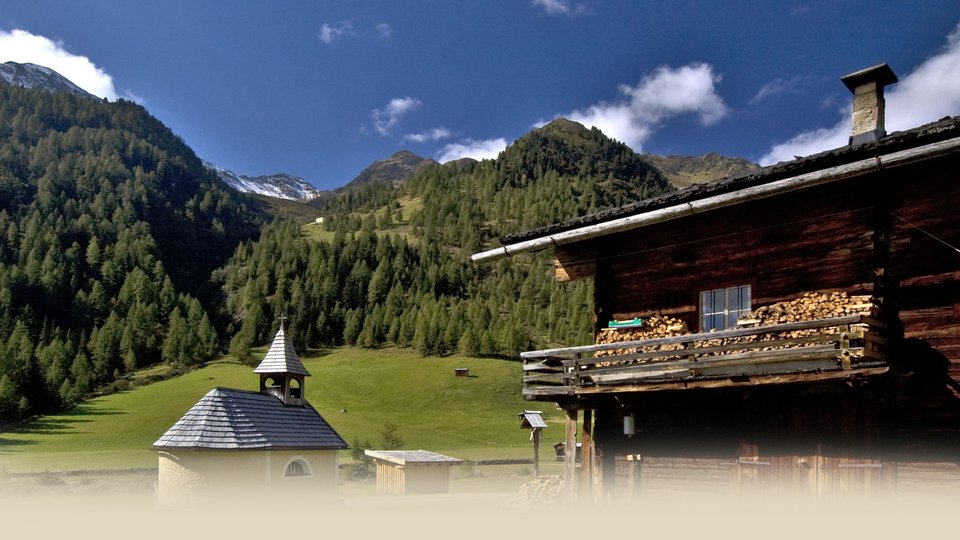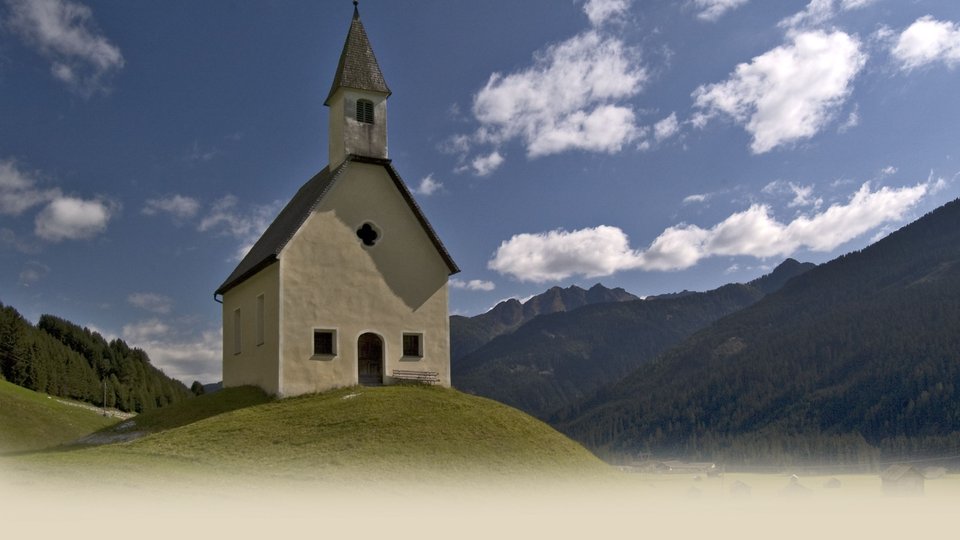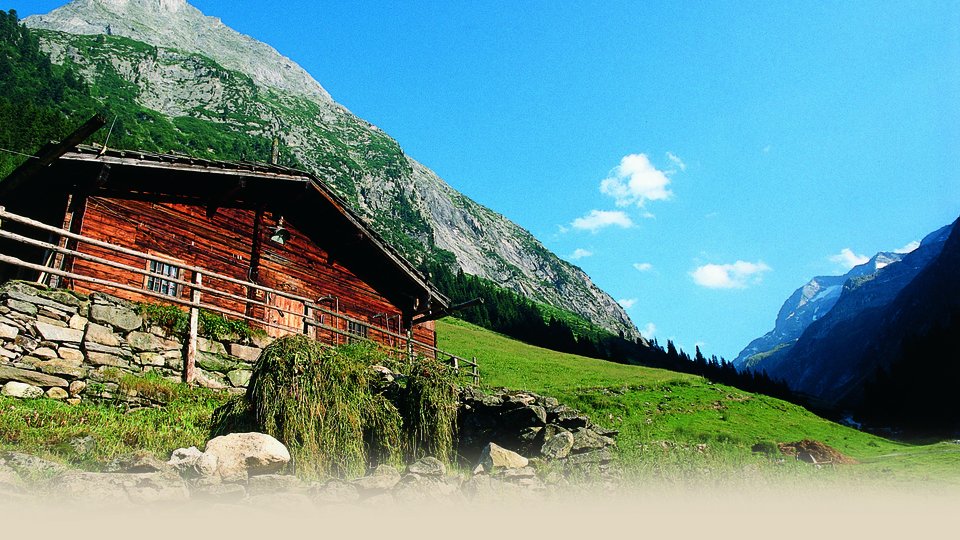The Celts, Romans, Bavarians and Gorizia, they all settleddown here and left their mark on our cultural treasures of today! We will introduce you a few of them. More information for all those that are interested in culture, are available.
East Tyrol is rich of art and culture treasures
Heinfels castle
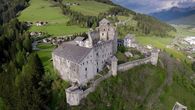
According to legend, the castle Heinfels was founded by the Huns. “ Hun people” is a name for an ehtic group or a part of it, that came to Pustertal within the migration period.v Since July 2020 the castle can be visited again.
Roman town Aguntum
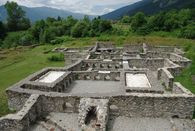
Aguntum, about 4 km east of Lienz in East Tyrol with an important Roman community which was raised as un autonomus city as municipality Claudium Aguntum b Empero the Claudius (41-54 AD).
Punbrugge in Panzendorf
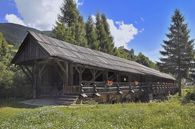
The Punbrugge, located below the castle Heinfels is an outstanding monument of the past carpentry work.
The alpine pastures of Villgratental
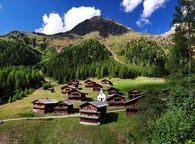
From the perspective of the local poet (Franz Josef Kofler (died 1961) the short summer time with his farm familie on the alpine pasture, must have been like a concert, despite the hard work that was also essential.
The farm was created out of necessity. The original houses, which were founded by the first colonizers in the early days had to be shared as soon as the population grew rapidly. This came at the expense of their size. The fragmentation meant that farmers had to rely on more or less extensive alpine pastures. Extra hay for winter feeding was essential and the steep mountain meadows in th High-altitude location 2500 meters above the sea level offered this hay. The mowing however was associated with great difficulty and enormous effort, especially as the hay needed to get taken down from these hights, using the “Ferggl” (a primitve, three-piece rod) and then it had to be brought over the even terrain into the valleys by hay carriage. The whole family needed to help out on the farm in those days.
Even today, the pastures in Innervillgraten are characteristicly grown into the landscape and are part of their history. Besides from the most famous and by journalist advertised Oberstaller Farm, the sound of the described clarinet by Franz Josef Kolfer can sometimes still be heard over the other alpine pastures: on the Unterstsaller Alm, the Kamelisen Alm, Prantekammern and Alfenalm as well as on the Schmidhof-Alm, Oberhofer and the Lipperalm. If you wanna come onto one of our alpine pastures, then you should try to be quiet.

